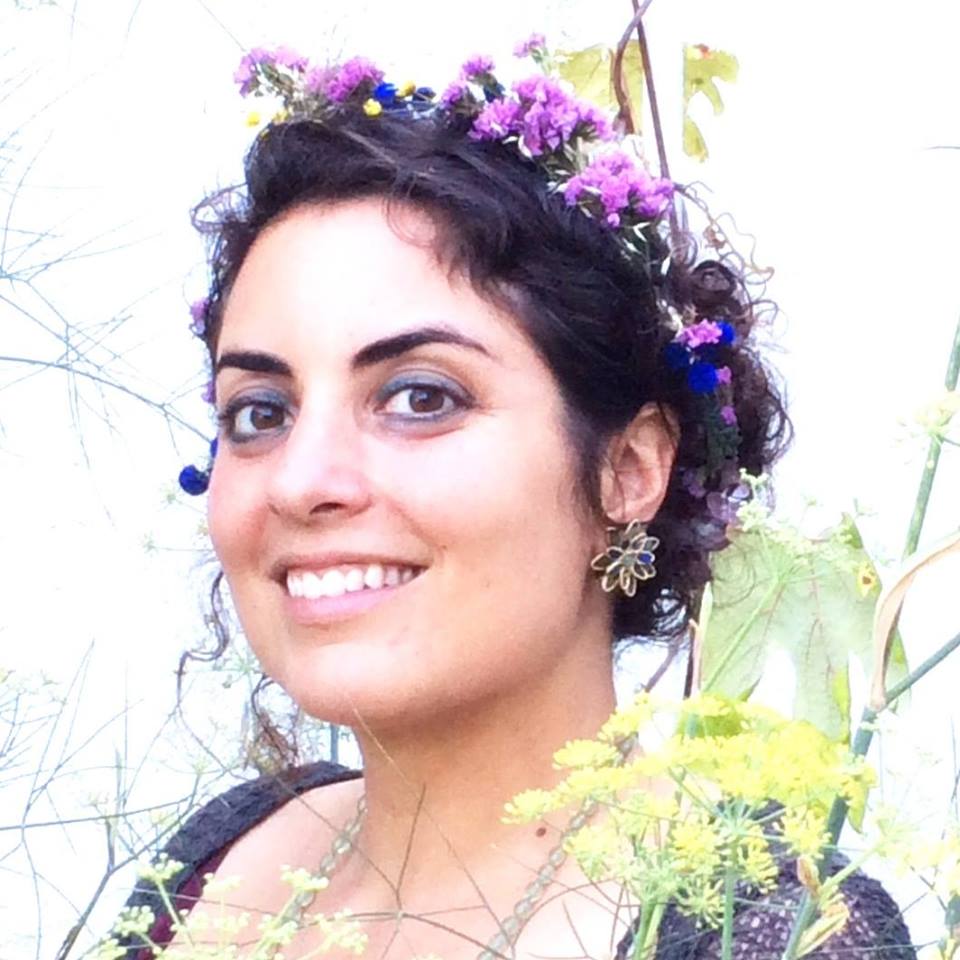In a time where even honey labeled “pure” and “raw” can contain toxins , it’s of vital importance to know exactly where your honey comes from and what process it undergoes before it gets to your spoon. Aseda honey, which is cultivated with loving care by the bees and indigenous beekeepers in Ghana’s Mole Forest, is transparent in its source and its methods.
A Simple, Pure Process
While the process Aseda honey undergoes is simple – as nature would have intended – the honey is anything but. Tribal members apply a dab of honey inside wooden boxes with corrugated steel tops. They deposit these boxes in the forest, and then step back and let the bees work their magic.
After a few days have passed, a bee colony forms and the bees grow accustomed to their new home. However, as all good things must eventually come to an end, it’s only a matter of time before the hive will be ready to split. When this happens, a select set of bees will look for a new home and build a new hive. Furthermore, a new queen bee will be born and crowned in the original hive, as the original queen will be dethroned and will leave . Once the original queen leaves, half of the bees in the hive will follow her to her new hive as a swarm.
It is also important to note that the bees will forage off of the land. “In Mole [National Forest], the majority of the nectar the bees gather from are the calabash fruit and the shea tree” says Bessie McIntosh, a bee expert who works for Aseda Honey. At Aseda Honey, the bees are truly wild, and no additives or supplemental feedings are involved.
Discover wild raw organic honey today!
Honorable Beekeeping Practices
The Aseda Honey beekeepers practice sustainable beekeeping, and hives are harvested only twice a year. As such, a copious amount of honey is leftover for the bees to feed off of. The extracted honey is then strained into 55 gallon drums and then shipped through 4 x 4 access roads to Tema, Ghana; but only during the dry season, as the roads become inaccessible due to flood waters during the rainy season. In Tema, the honey is placed in climate controlled containers and shipped to the United States. Once received, the honey is then packaged into the various delicious and nutritious honey products that the company provides.
Keeping it Raw
In order to keep the honey truly raw, it is never heated beyond the 80 to 100 degree range, which ensures that all its probiotics and enzymes remain alive and intact. It is also important to note that the local beekeepers are paid above the fair trade value for their honey and that the natural bee process that they use helps ensure a healthy and thriving bee population for generations to come. In fact, the bee population in Mole has risen exponentially over the last few years.
A Rare, Protected Ecosystem
The Mole forest itself is awe-inspiring, with an ancient aesthetic that is both pristine and simple. The Ghanaian government has also protected the area with diligence, and has declared Mole a wildlife refuge. A 50-mile radius around the forest has been designated as off limits to both industry and agriculture, facilitating a 50 mile buffer zone devoid of pesticides, GMOs, industrial runoff, and other pollutants that may negatively impede the delicate bee ecosystem. There are very few areas left in the world that are as safe, protected, and pure as Mole in Ghana.
What Makes it So Rich in Minerals and Nutrients?
Aseda honey is dark and rich in color, and contains more than the regular amount of health benefits derived from most pure, raw honey, thanks to its high concentration of enzymes, minerals, and vitamins that are found in the native plants of Ghana. The bees extract their nectar from the highly prized and medicinal calabash tree, which is frequently used across Africa in order to treat various ailments and diseases, including malaria. They also pollinate shea butter and cacao, giving the honey a chocolatey taste! Also, the fact that the honey is unfiltered and raw and comes from an ecosystem that is methodically protected by the Ghanaian government ensures that only the pure essence of Africa’s natural forests can be found in every spoon of Aseda honey.
A True Super Food
Aseda honey is considered a super food for a myriad of reasons. For starters, it tests high on the Orac Scale, and also provides a long lasting and suistanbale energy boost for high intensity sports and workouts. People who suffer from gastrointestinal problems; such as irritable bowel syndrome, may also find relief thanks to the stomach calming properties of Aseda honey. For instance, one to two teaspoons of Aseda honey can provide relief for diarrhea, without any of the unpleasant side effects of other anti-diarrheal treatments such as Imodium or Pepto Bismol.
If you are looking for a rich, all-natural honey that has received the international distinction of being a gourmet ingredient in 5 star restaurants and provides a chocolaty and smoky taste like no other honey on the planet, look no further than Aseda honey).
 Linda Miriam Aziz-Zadeh is a freelance writer and editor who is passionate about preserving the natural beauty and wonder of our bodies, this planet, and the world. She is the cofounder of Crunchy Buzz, a digital wellness marketing firm that serves the health and wellness industry.
Linda Miriam Aziz-Zadeh is a freelance writer and editor who is passionate about preserving the natural beauty and wonder of our bodies, this planet, and the world. She is the cofounder of Crunchy Buzz, a digital wellness marketing firm that serves the health and wellness industry.
Submit your story or essay to Buzzworthy Blogs.




